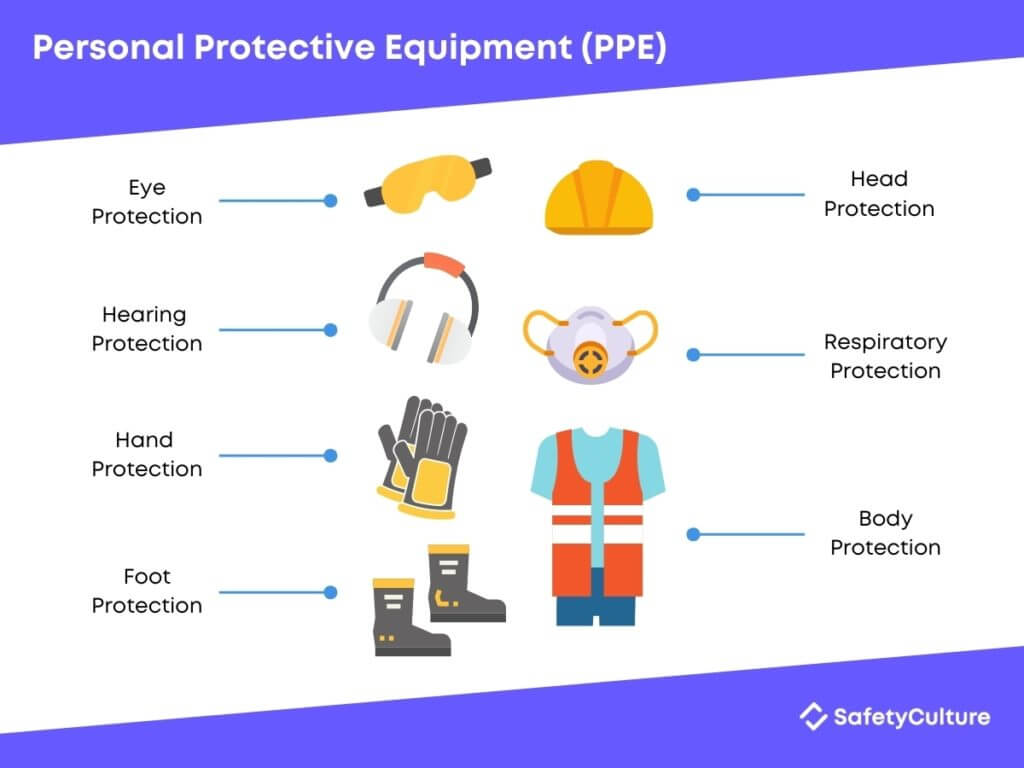
Bubba Moore
Technical Services Manager
Southeast District
HVAC Safety
Safety is something we should think about and practice in almost everything we do. We get comfortable in our everyday lives and don’t think of the dangers in doing the work that we are accustomed to doing or paid to do. For example, just picking up a box off the floor to put it on a counter could injure your back. Let’s look at and review some of the safety equipment and procedures used by HVAC technicians. Before we get started, I’d like to remind you that only trained and qualified persons should service or install HVAC equipment. On the job safety is your responsibility to keep you and others around you safe. Also, the information given here is general in nature and not to be used as a substitution for the manufacturer’s instructions.
A lot of on the job injuries happen because personal protective equipment is not used. Here is a list of common personal safety equipment: a Hard Hat to protect your head, Safety Glasses or Goggles to protect your eyes, Gloves to protect from burns, chemicals, cuts, etc. Ear Plugs, Safety Shoes, and Safety Harness or Lanyard, just to name a few. Safety equipment needs to be taken care of inspected often and used properly.
When working on HVAC equipment with the electricity turned on, we should remember to remove rings, watches, bracelets, etc. that are metal that could come in contact with electrical components that could cause electrical shocks and burns. An HVAC technician will work with equipment that will have AC voltage that ranges from 24v to 575v. With the new inverter equipment, there is DC voltage ranging from 5v to over 300v. So, remember to always observe the safety tags and labels on the equipment and the instructions. When working on the equipment, LOCK OUT / TAGOUT the disconnect or electrical panel to make persons aware that the equipment is being worked on. Never take for granted that the equipment does not have electricity; always use a meter to verify it.

Safety is used to keep you and others from injury or death. Please follow a manufacturer’s instructions and instructions that come with the safety equipment. We will discuss next time safety around refrigerant and pressurized gases that are used in the HVAC industry.
Sources:
HVAC Servicing Procedures
Safety labels from:
safetyculture.com ( PPE )
More to explore
Updating Your SMAN/Testo Gauges
Some of you might have an older SMAN/Testo digital gauge. With the new refrigerants coming, you might need to update
How to Read a Ladder Diagram
Ladder diagrams, also known as ladder logic, are a type of electrical notation that illustrates how relays and electromechanical switches
Carrier VRF Static Pressure
All ducted VRF systems come from the factory set for 0” of static pressure. As we know from experience, this


